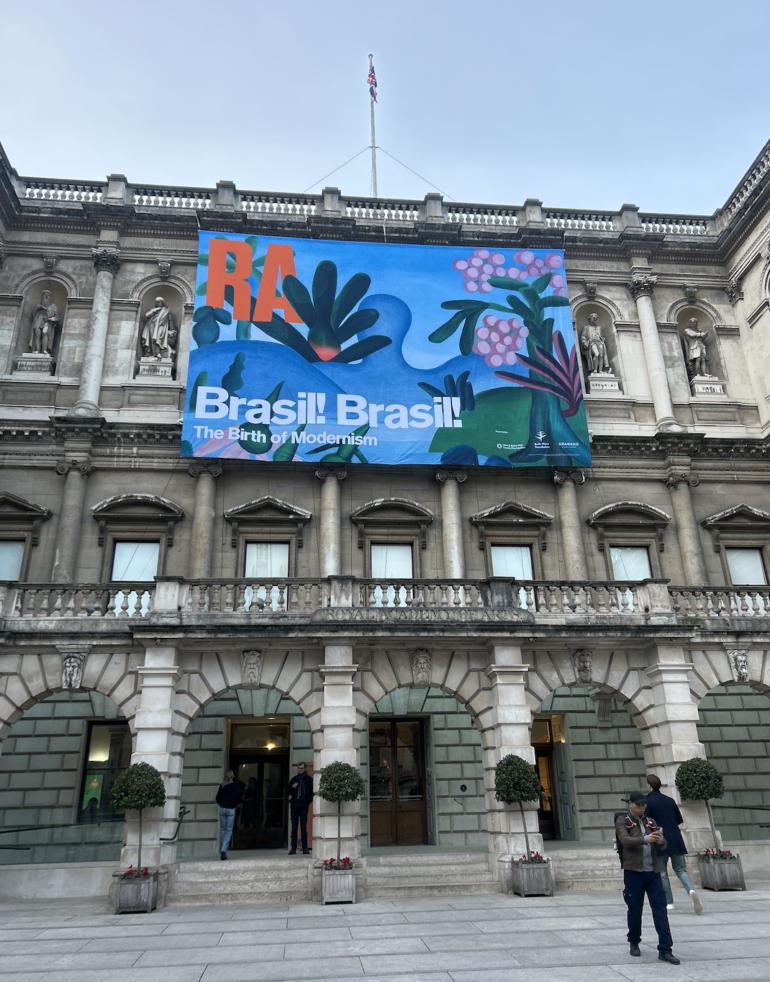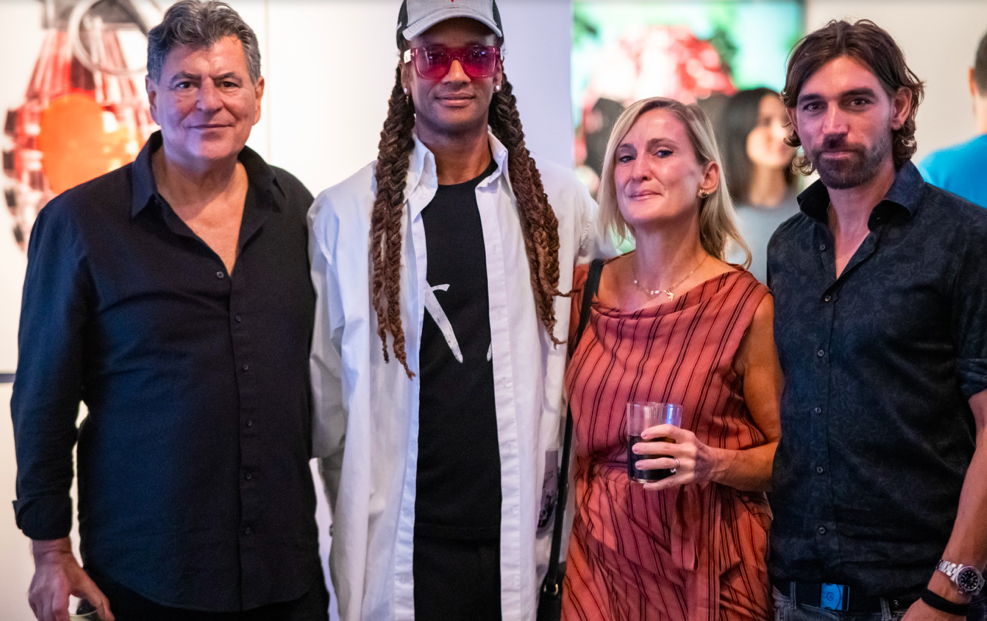Brazilian Modernism comes to London with a joyful exhibition at the Royal Academy of Arts. ‘Brasil! Brasil! The Birth of Modernism’ features more than 130 works from the 1910s to the 1970s by ten important Brazilian artists and captures the diversity of Brazilian art at this time.
In early twentieth-century Brazil, artists were adapting contemporary trends, international influences and artistic traditions to create a new modern art; art informed by and celebrating its distinct, vibrant cultures, identities and landscapes. The majority of works in the exhibition come from rarely seen Brazilian private collections and are shown alongside those drawn from Brazilian public collections, most of which have never been exhibited in the UK.
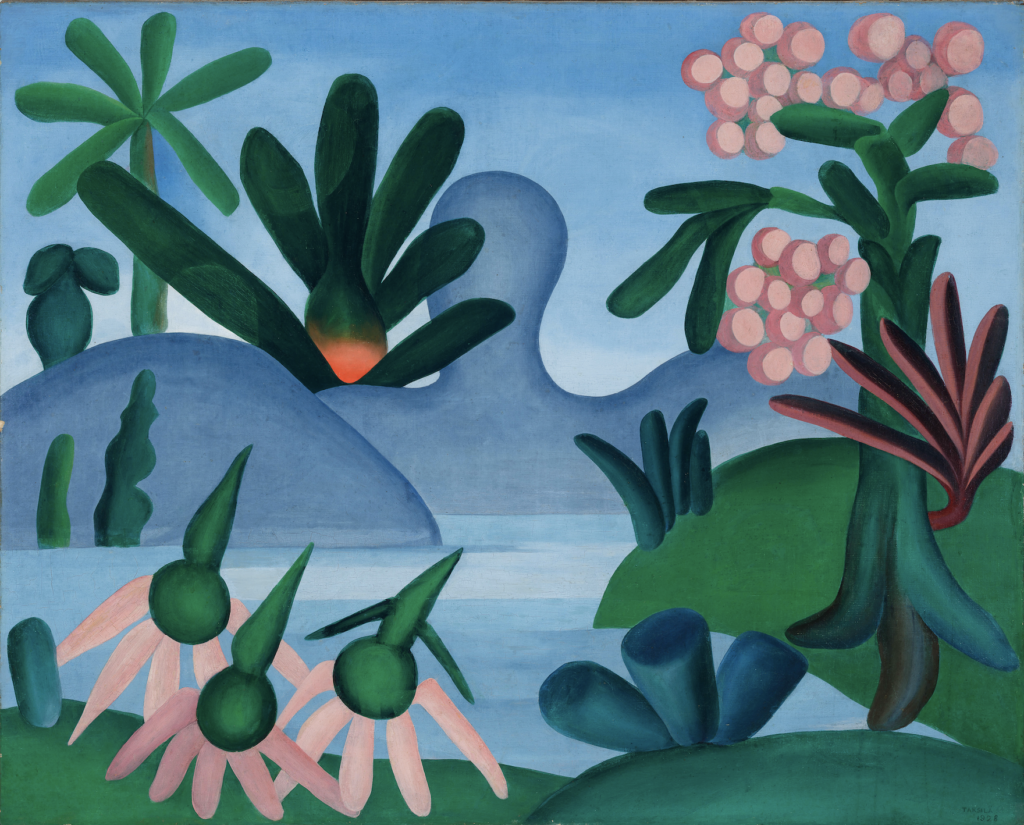
The ten featured artists include pioneers of early Brazilian Modernism, a movement spearheaded by
Anita Malfatti followed by Vicente do Rego Monteiro, the Jewish Lithuanian emigré Lasar Segall,
Candido Portinari and Tarsila do Amaral, now internationally celebrated as a leading female figure
of Brazilian Modernism. The exhibition also includes the self-taught artists Alfredo Volpi and Djanira,
an artist of indigenous descent, Afro-Brazilian artist Ruben Valentim, the early Neo-Concrete
polymath Geraldo de Barros, and the artist and architect Flávio de Carvalho, who was also one of
Brazil’s first performance artists. Each of the artists are represented by at least ten works, many of
whom will have their own dedicated gallery space. Collectively the works take the visitor on a journey
through 70 years of a new art in Brazil which moves from figuration to abstraction.
The featured artists are: Tarsila do Amaral (1886–1973), Anita Malfatti (1889–1964), Alfredo Volpi (1896–1988), Lasar Segall (1891–1957), Vicente do Rego Monteiro (1899–1970), Flávio de Carvalho (1899–1973), Candido Portinari (1903–1962), Djanira (1914–1979), Rubem Valentim (1922–1991), Geraldo de Barros (1923–1998).
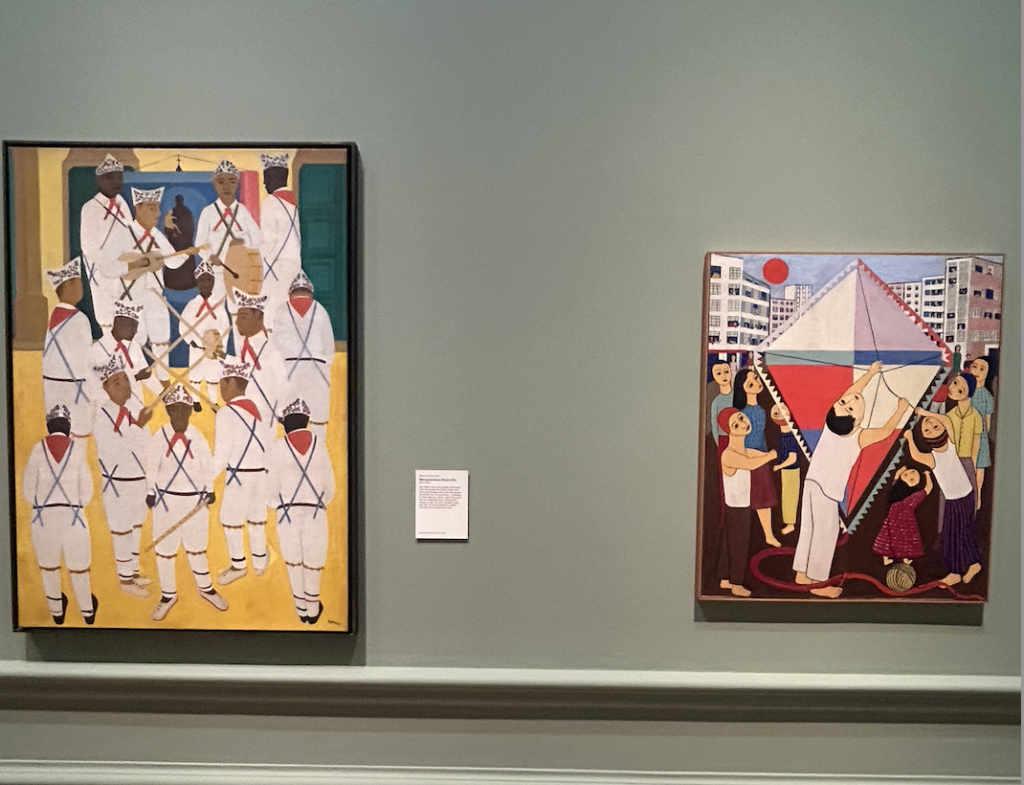
The exhibition also features a section dedicated to the historic Exhibition of Modern Brazilian
Paintings, which took place at the Royal Academy in 1944, the first exhibition of modern Brazilian art
in the UK. Initiated by the Brazilian Government and supported by the Foreign Office, 168 works by
70 artists were donated and exhibited to raise funds for the war effort, specifically the RAF
Benevolent Fund. Around 23 works were purchased from the exhibition and donated to UK
museums. Brasil! Brasil! The Birth of Modernism includes seven works, three of which are by Roberto
Burle Marx, which were originally shown in the same galleries 80 years ago in a section that
celebrates that gesture of solidarity by Brazilian artists.
Brazil was seen as a land of opportunity and sanctuary with its vast territory and huge natural
resources. Alongside a multiplicity of Indigenous cultural groups were descendants of the original
Portuguese colonisers and of enslaved West Africans (slavery was only abolished in 1888), as well
as a wide variety of immigrants, not only from Europe but significant populations of Japanese,
Syrians, Italians and Germans among many others. Urbanisation led to the expansion of cities such
as Rio de Janeiro (the capital until 1960 when Brasília was inaugurated) and São Paulo; with
immigration came new political, social, economic and artistic ideas.
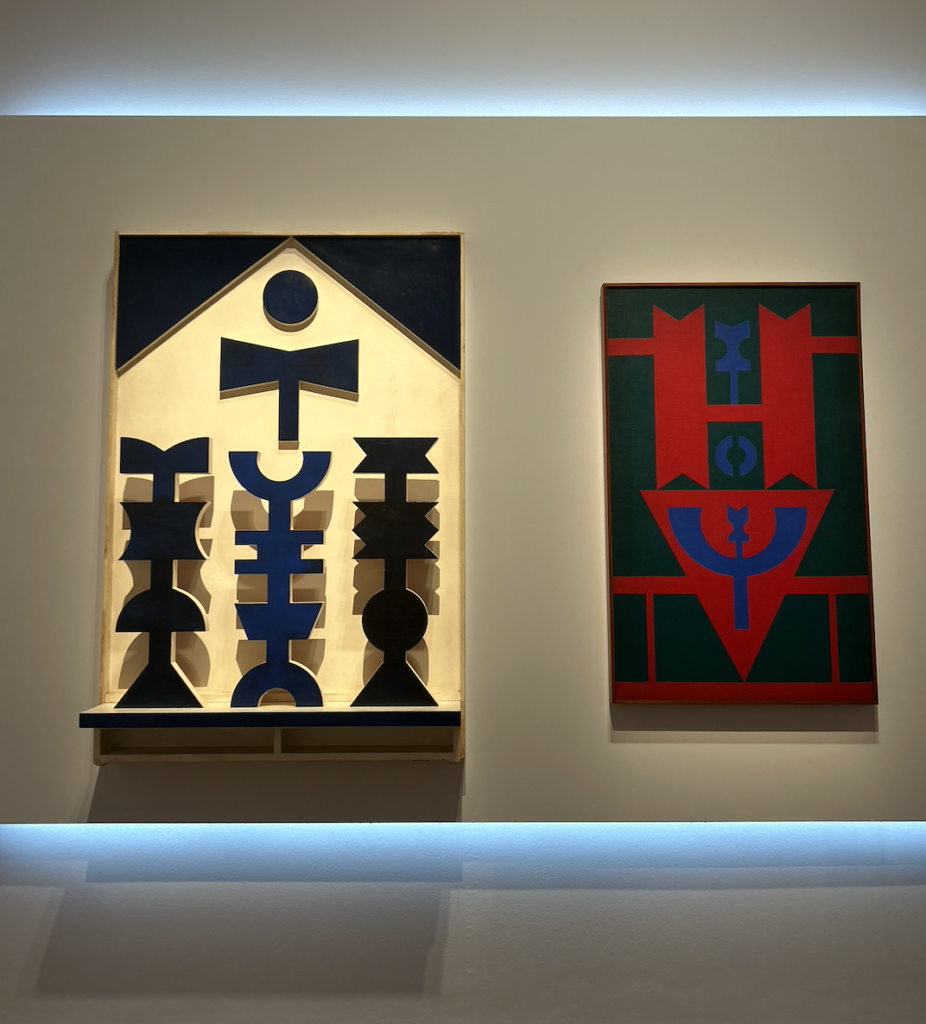
Brasil! Brasil! installation image. Photograph by Culturalee.
Brazilians were no longer interested in following Europe and North America, not just in terms of
literature, poetry, theatre, music and design but also, significantly, in art. Brazil was seeking its own
identity, one that was freed from external influences and that reflected the reality of life in Brazil.
Artists began to emerge in the 1910s wanting to be modern, reflecting new forms of expression that
many had been exposed to in Europe (mainly in France between the wars) and in the US. These
artists returned to Brazil reflecting these modern tendencies but adapting them to create new forms
of art that celebrated their national identity. Brasil! Brasil! The Birth of Modernism is a unique
opportunity to see a broad variety of work by these ten significant artists together, who represent the
particularly diverse nature of such a multi-cultural society and vividly illustrate this century of cultural
change in Brazil.
Brasil! Brasil! is curated by Dr Fabienne Eggelhöfer, Chief Curator, Zentrum Paul Klee,
Bern, Roberta Saraiva Coutinho, former director of the Museu Laser Segall in São Paulo and current
director of the Museu da Língua Portugesa, São Paulo with Dr Adrian Locke, Chief Curator, Royal
Academy of Arts. The exhibition is organised by the Zentrum Paul Klee, Bern in collaboration with the Royal Academy of Arts, London.
Brasil! Brasil! The Birth of Modernism is at the Royal Academy of Arts until 21st April, 2025.


